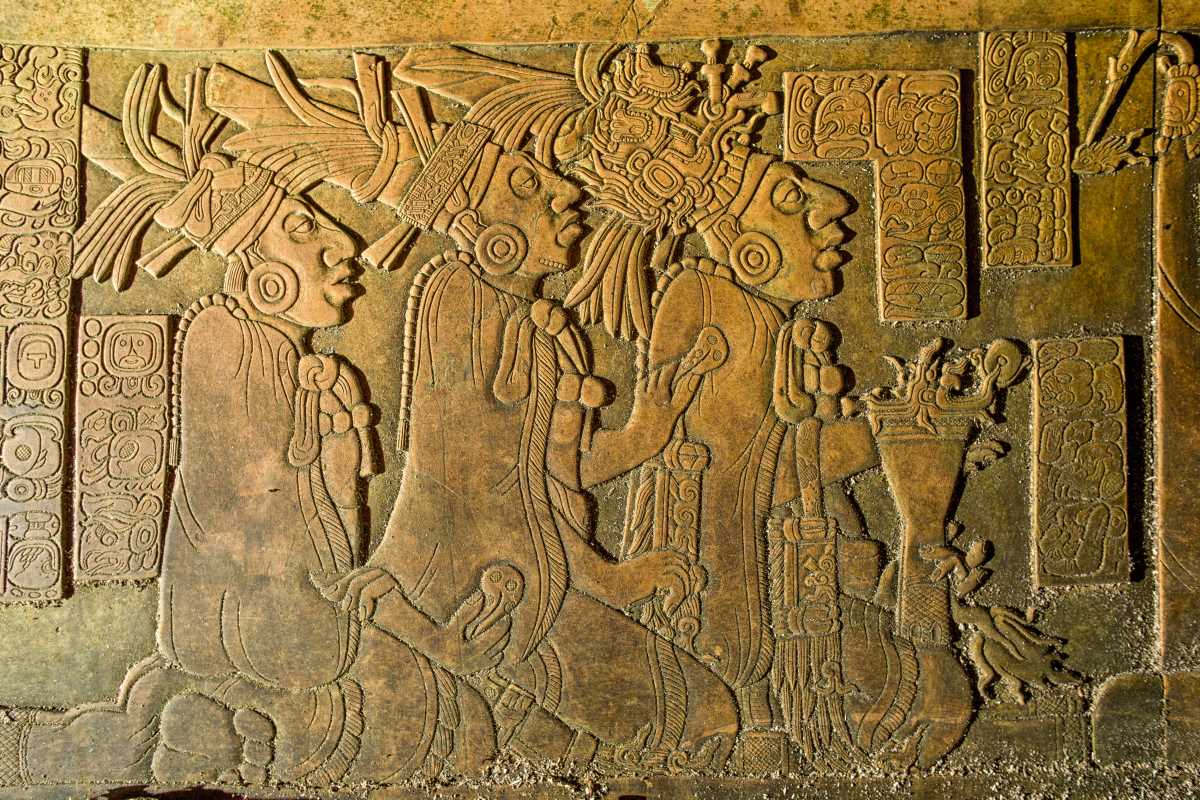Stepping into a historical site is like traveling through time. These places offer a glimpse into the past, allowing visitors to connect with stories, people, and moments that shaped our world. Exploring history firsthand can be more impactful than reading about it, as these sites provide a tangible connection to bygone eras. Visiting these locations not only educates but also inspires a deeper appreciation for the events and cultures that paved the way for modern society. This guide highlights several unique historical sites across the globe that bring history alive, showcasing the stories and significance behind each one.
The Colosseum, Rome, Italy
The Colosseum stands as a symbol of the grandeur and complexity of the Roman Empire. Built nearly 2,000 years ago, it remains one of the most iconic landmarks in the world.
- An Architectural Marvel: This ancient amphitheater could hold up to 80,000 spectators. Its advanced engineering included retractable awnings for shade and an intricate system of tunnels beneath the arena floor for staging elaborate events. Even today, its design influences the construction of modern stadiums.
- The Gladiator Games: Originally used for gladiatorial contests, the Colosseum hosted brutal battles, animal hunts, and public spectacles. These events not only entertained but also demonstrated the power and control of the Roman government.
- Why It’s Special: Walking through the Colosseum’s arches and standing in the arena brings ancient history vividly to life. Visitors can imagine the roar of the crowd and the dramatic scenes that once unfolded here.
Machu Picchu, Peru
Hidden high in the Andes Mountains, Machu Picchu is a testament to the ingenuity of the Inca civilization. This ancient city, built in the 15th century, continues to captivate travelers and historians alike.
- A Hidden Wonder: Rediscovered in 1911, Machu Picchu was largely unknown to the outside world for centuries. Scholars believe it served as an estate for the emperor Pachacuti or as a religious site, but its exact purpose remains a mystery.
- Advanced Engineering: The Incas built the city using dry-stone construction, fitting massive stones together without mortar. The terraces and drainage systems were so well-designed that they have withstood centuries of rain and seismic activity.
- Why It’s Special: Exploring Machu Picchu’s ruins offers a glimpse into the sophisticated society and spiritual beliefs of the Incas. The site’s dramatic location also showcases the deep connection between the civilization and their natural environment.
Ellis Island, New York, USA
Ellis Island stands as an enduring symbol of immigration and the pursuit of the American Dream. Over 12 million immigrants passed through this gateway between 1892 and 1954.
- A Portal to America: For many, Ellis Island represented hope and opportunity. Immigrants from all over the world arrived to start new lives in America, often leaving behind everything they knew. The site’s main building now houses the Ellis Island National Museum of Immigration.
- Stories of Sacrifice and Resilience: Walking through the inspection and dormitory rooms, visitors can feel the challenges faced by arriving immigrants. Exhibits highlight personal stories, photographs, and artifacts that bring this history to life.
- Why It’s Special: Standing in the same place where countless people dreamed of a better future creates an emotional connection to the sacrifices made by those who arrived seeking freedom and a chance to thrive.
The Great Wall of China
Stretching thousands of miles, the Great Wall of China is both a feat of engineering and a powerful symbol of protection and perseverance.
- Built Across Centuries: Constructed over several dynasties, the wall served as a defense system against invaders. It also facilitated trade and communication along the Silk Road, influencing cultural exchanges between ancient civilizations.
- An Incredible Construction Effort: Workers used materials like stone, wood, and brick to build the wall, often enduring harsh conditions. The effort involved peasants, soldiers, and prisoners, showcasing the immense labor and sacrifice behind its creation.
- Why It’s Special: Walking along the Great Wall provides a perspective on the vast scale of the project and the historical significance of protecting a growing empire. It offers unforgettable views of the surrounding landscapes.
Auschwitz-Birkenau, Poland
Auschwitz-Birkenau serves as a solemn reminder of the Holocaust and one of history’s darkest chapters. This site was one of the largest Nazi concentration and extermination camps during World War II.
- A Site of Remembrance: Visiting Auschwitz-Birkenau allows people to honor the memory of the millions who perished there. Preserved barracks, watchtowers, and personal belongings provide a stark and moving testament to the atrocities committed.
- Education and Reflection: Guided tours and exhibitions help visitors understand the scale of human suffering that took place. These experiences aim to educate people and ensure such tragedies are never repeated.
- Why It’s Special: This historical site is not only a place of mourning but also a powerful call to protect human rights and dignity. Experiencing it firsthand leaves a lasting impact on all who visit.
Kyoto’s Temples, Japan
The ancient city of Kyoto offers a rich collection of temples and cultural landmarks that showcase Japan’s history and traditions.
- A Blend of Beauty and History: Sites like Kinkaku-ji (Golden Pavilion) and Fushimi Inari Taisha (the famous shrine with thousands of red torii gates) demonstrate exquisite architecture and deep spiritual significance.
- Cultural Insights: Kyoto offers opportunities to learn about traditional tea ceremonies, Zen gardens, and Shinto practices. These activities provide a window into Japan’s past and its enduring cultural values.
- Why It’s Special: Walking through Kyoto’s historical sites feels like stepping into a different time. The city’s harmonious blend of nature and human craftsmanship creates a uniquely tranquil and inspiring atmosphere.
Experience the Past Firsthand
Visiting historical sites is more than just an educational experience—it’s a way to connect with humanity’s collective story. Exploring these sites not only deepens our appreciation for the past but also inspires us to reflect on how history influences the present and shapes the future.
 (Image via
(Image via





